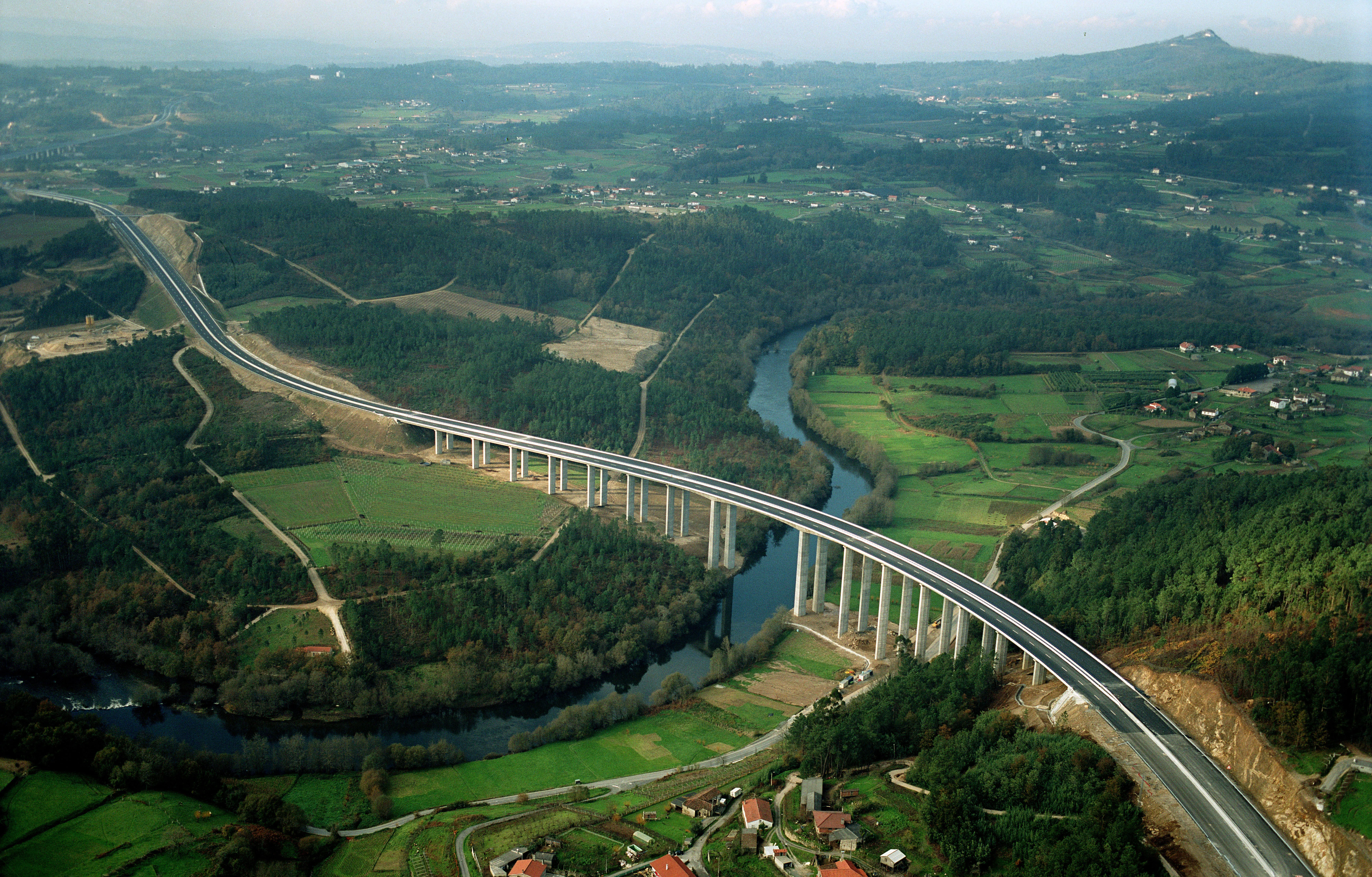Dovilė Adminaitė-Fodor, lead author of the report, commented: “As long as people don’t feel safe walking and cycling in our towns and cities, many will be discouraged from using the most sustainable modes of transport. This can create a vicious circle because people who take the car instead put all the vulnerable road users around them at greater risk.”
“Over the next 10 years, we want to see the EU and all European countries investing in urban transport in a way that prioritises the most vulnerable road users. This is not just about safer infrastructure and setting safe speed limits but also better enforcement of speed limits as well as reducing drink driving and distraction.”
“Many cities and towns are rightly focussing on improving air quality and sustainability in cities, and discouraging private car use. But safety concerns must go hand-in-hand to ensure that more people cycling and walking are able to do so in a safe environment.”
According to the ETSC, one of the key challenges for cities is enforcing safe speed limits. Among the countries that monitor levels of speed compliance on urban roads countrywide, between 35% and 75% of observed vehicle speeds in free-flowing urban traffic are higher than the 50km/h limit.
The report also found vast differences in the level of safety across the European Union. Mortality on urban roads is highest in Romania with 105 road users killed annually/million urban inhabitants – four times the EU average. But there are also several countries leading the way. Around nine people/million urban inhabitants are killed on urban roads in Sweden, 11 in the UK, 13 in the Netherlands and 14 in Ireland and Spain.
In terms of recent progress, Latvia, Greece, Portugal and Poland are the EU countries that made the most progress in reducing urban road deaths between 2010 and 2017.
The authors of the report also say that changes in mobility patterns might have an effect on urban mobility and urban road safety in the future. The restricted space in urban areas must be used intelligently and effectively to enable increased mobility without putting road users in danger.
The uptake of e-scooters and other new forms of mobility might also require new national legislation or city-level regulations, infrastructure adjustments and educational activities, similar to the road safety adaptations required for more cycling. A lack of data and regulation is hindering progress in this area at the present time, according to the report.
The report contains more than 20 main recommendations for action at EU, country and city authority level and can be downloaded from the ETSC website at: www.etsc.eu/pinflash37.
Road deaths on urban roads decreased, on average, by 2.2% each year between 2010 and 2017, compared to 3.9% on rural roads.
Killed on urban roads: pedestrians = 40%; motorcyclists = 18%; cyclists = 12%. Seriously injured on urban roads: pedestrians = 25%; motorcyclists = 22%; cyclists = 23%
Tackling Europe’s urban road safety problems
Urban road safety is a key problem in Europe, an issue that needs to be addressed as a priority. That is the finding of a new report by the European Transport Safety Council (ETSC). The ETSC’s report reveals that road deaths on urban roads decreased at around half the rate of those on rural roads over the period 2010-2017. The report also shows that vulnerable road users such as pedestrians, cyclists and motorcyclists, account for 70% of those killed and seriously injured on urban roads.
Dovilė Adminaitė-
June 12, 2019
Read time: 3 mins
Urban road safety is a key problem in Europe, an issue that needs to be addressed as a priority. That is the finding of a new report by the European Transport Safety Council (ETSC). The ETSC’s report reveals that road deaths on urban roads decreased at around half the rate of those on rural roads over the period 2010-2017. The report also shows that vulnerable road users such as pedestrians, cyclists and motorcyclists, account for 70% of those killed and seriously injured on urban roads.








